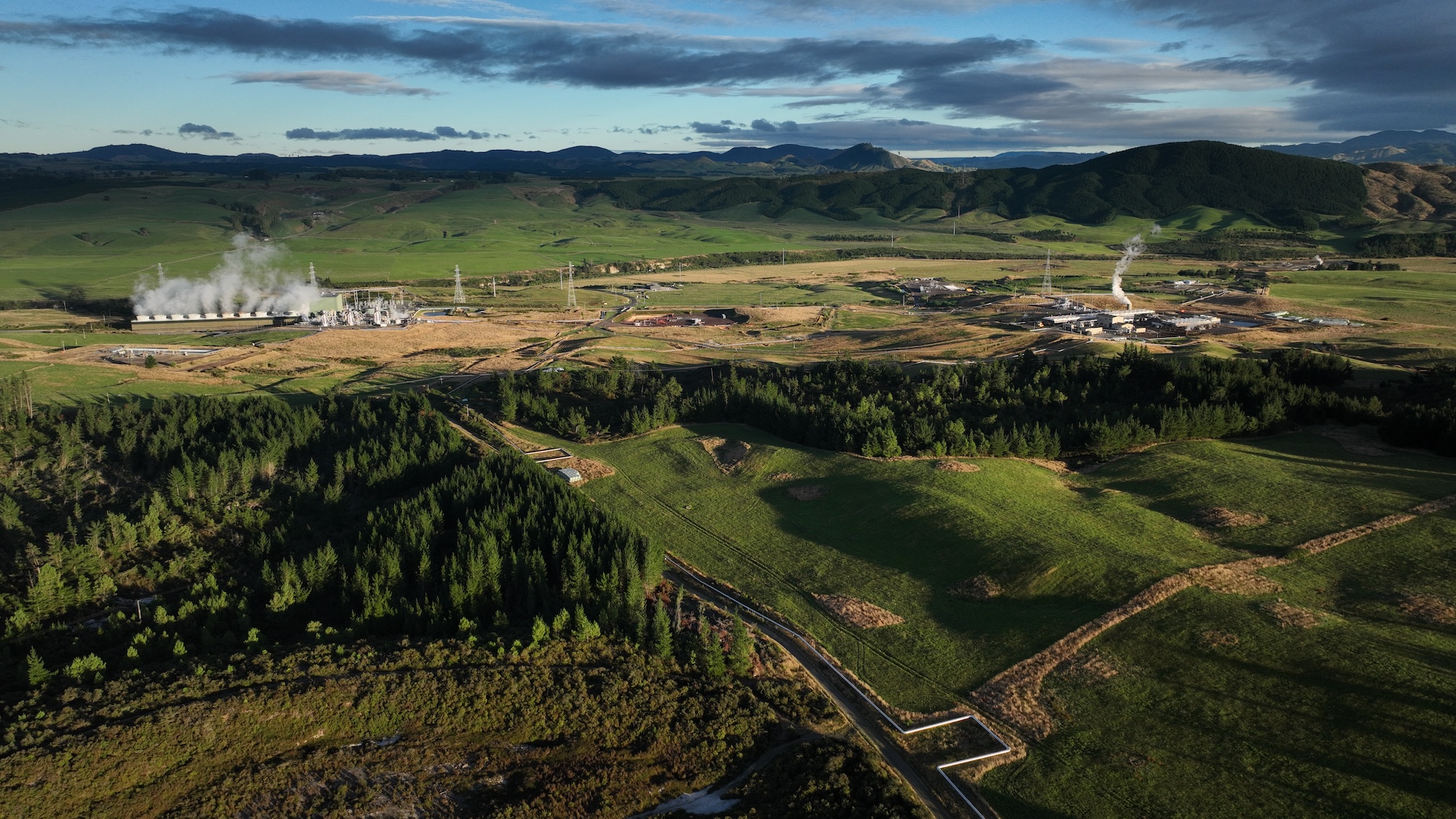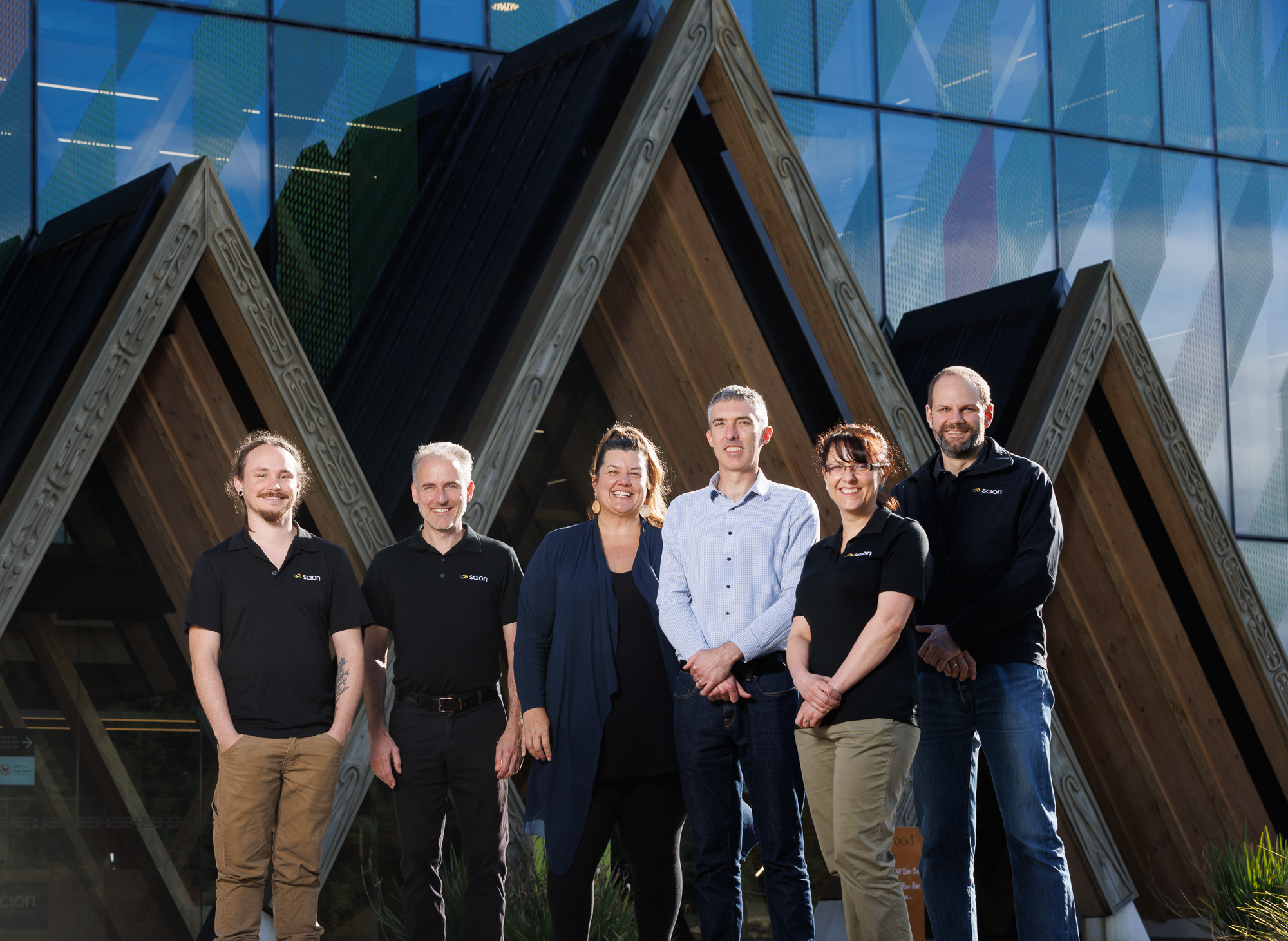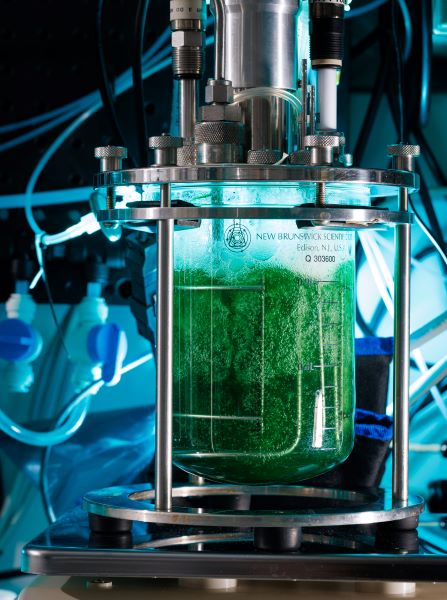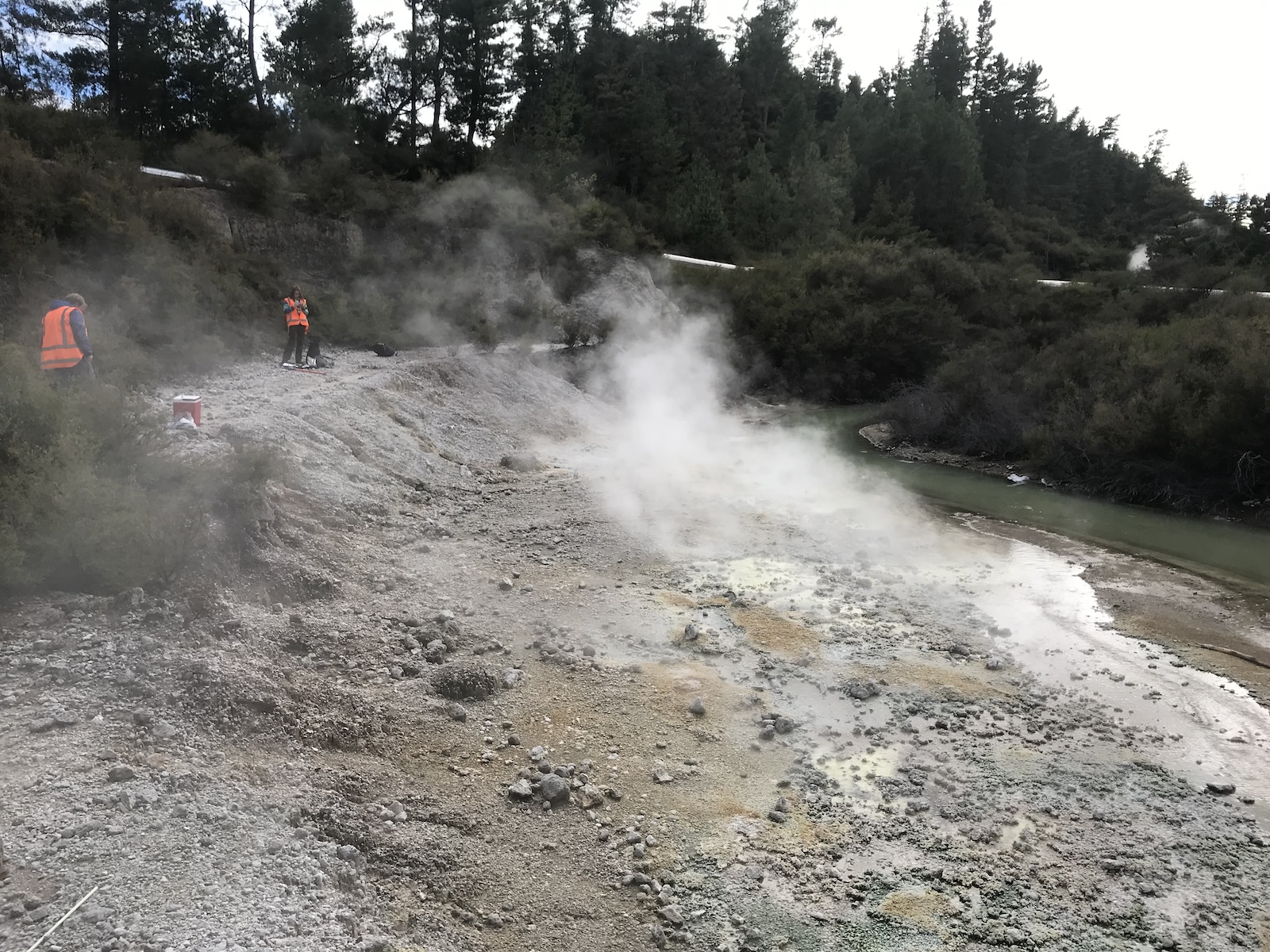Making livestock feed from greenhouse gases in world-first research
For immediate release
23 September 2024
A central North Island Māori trust is partnering with geothermal experts and New Zealand scientists in a world-first project to develop livestock feed from geothermal gases.
Funding of nearly $5 million from Tauhara North No. 2 Trust and the Ministry for Primary Industries (MPI) will support Rotorua-based Upflow and partners to progress laboratory-scale research that has shown how two microorganisms - a bacterium and an algae – can be used together to convert carbon dioxide and methane into a protein-rich biomass.
This biomass is created when microorganisms feed off greenhouse gas emissions captured from geothermal power stations, such as those used to generate electricity in the central North Island. The biomass produced is made up of several potentially commercially valuable components, including protein for animal feed.
The four-year research project will be the first in the world to pioneer biomass feedstock production from gases and robust microorganisms that thrive in the extreme conditions found at geothermal sites.

Tauhara North No. 2 Trust has significant investments in geothermal assets at the Rotokawa geothermal reservoir and is seeking more than financial outcomes. “Having geothermal assets in our rohe (region) gives us the opportunity to unlock potential new industries and leverage our existing knowledge to create new jobs and revenue for mana whenua and regional communities,” says Mana Newton, Trust Group Chief Executive.
Geothermal consultancy Upflow is the delivery partner for the project, providing leadership and expertise, partnering with researchers from Crown Research Institute Scion, the University of Canterbury and algae experts from Cawthron Institute.
Early-stage research looks promising. Industrial biotechnology processes were jointly developed by University of Canterbury researchers, Scion’s Biotechnology team and Tauhara North No. 2 Trust. The technology uses a methane-eating bacterium, and a carbon dioxide-eating microalgae to capture the gases and use them as a food source for growth.

This novel process generates a biomass rich in protein which is being explored as an animal feed ingredient, use for human nutrition, or to produce high-value nutraceuticals or pigments. The initial focus is on the protein component to benefit New Zealand’s primary industry, while also investigating the potential for premium products.
MPI’s investment of $2.49 million in the project comes from the Sustainable Food and Fibre Futures Fund. MPI’s director of investment programmes Steve Penno says it is an exciting project.
“If successful, this could be the start of a new biomass feedstock manufacturing industry for New Zealand, worth an estimated $500 million per annum by 2045, creating new skilled jobs.
“It would reduce our reliance on imported livestock feed, and decarbonise these industries, while also reducing the cost of carbon emissions for geothermal companies that adopt the system.”

According to New Zealand Trade and Enterprise, as a nation of 5 million people, New Zealand feeds an estimated 40 million people worldwide.
“We’re looking to futureproof this legacy by providing a decarbonised food production option using Aotearoa’s abundant geothermal resources. We’re making animal feed from greenhouse gases,” says Andy Blair, Director of Business and Innovation at Upflow, which is delivering the project for the Trust.
Over the next four years, Upflow will work with researchers to progress development of the technology from its satellite office on Scion’s campus in Rotorua.
Only small quantities of the biomass have been cultivated and tested so far from pure gases. In the next step, scientists will support Upflow to plan and build a pilot-scale facility. This will aid the transition of fermentation conditions to real geothermal gases to generate yields at pilot scale (1,000 L).
More work will determine markets for the biomass, including agriculture, aquaculture, and the potential for human nutrition. Inghams Enterprises NZ are a keystone industry partner in the project, bringing insights to navigate their animal feed market spaces.

Scion’s portfolio leader for Distributed and Circular Manufacturing Marc Gaugler says the groundwork was a collaboration through the cultivation of specific bacterial strains at Scion and algal strains at the University of Canterbury.
“With our research colleagues and Upflow, we look forward to seeing this novel technology contribute to regional economic development, create new value from waste and benefit the geothermal sector by helping it decarbonise.”
Blair adds the project is an example of visionary individuals and organisations taking a risk and coming together to incubate an emerging New Zealand-led scientific discovery. “Many great research ideas struggle to find real-world application, and to bridge the gap between laboratory-scale concept and application at scale. We’re giving this technology the time and support it needs to be shaped for commercial reality.”
PARTNER ORGANISATIONS
About Tauhara North No. 2 Trust
Tauhara North No.2 Trust is an Ahu Whenua Trust, and is a tribal affiliate of Ngāti Tahu Ngāti Whaoa.
The Trust has Mana Whenua over its traditional lands and resources. This is inclusive of the Rotokawa Geothermal Reservoir and the surrounding natural resources.
The Trust has substantial experience in multiple large business investment and operations, including major investment in geothermal electricity generation. With approximately 11,000 owners and beneficiaries, the Trust manages its resources sustainably for future generations of owners and their whānau by inspiring and connecting whānau, whenua and whakapapa through mātauranga Māori - "holdfast to our lands and make the best use of our lands for future generations"
About Upflow
Upflow is a geothermal consultancy with specialist expertise in delivering large, complex, multidisciplinary projects. The Upflow team design world changing commercial solutions from science.
About Scion
Scion is a Crown Research Institute (CRI), which is a government-owned company that carries out scientific research for the benefit of New Zealand. Scion specialises in research, science and technology development for the forestry, industrial biotechnology and advanced manufacturing. www.scionresearch.com
About Cawthron
Cawthron is an independent science organisation supporting the growth of primary industries and the protection of the marine and freshwater environments.
About University of Canterbury
Te Whare Wānanga of Waitaha | University of Canterbury supports creative, innovative research that benefits local and global communities.
About Inghams Enterprises NZ
Inghams are one of Australia and New Zealand’s largest providers of poultry. Their Sustainability Leadership Roadmap is about daring to reshape practices for a more sustainable food system.
